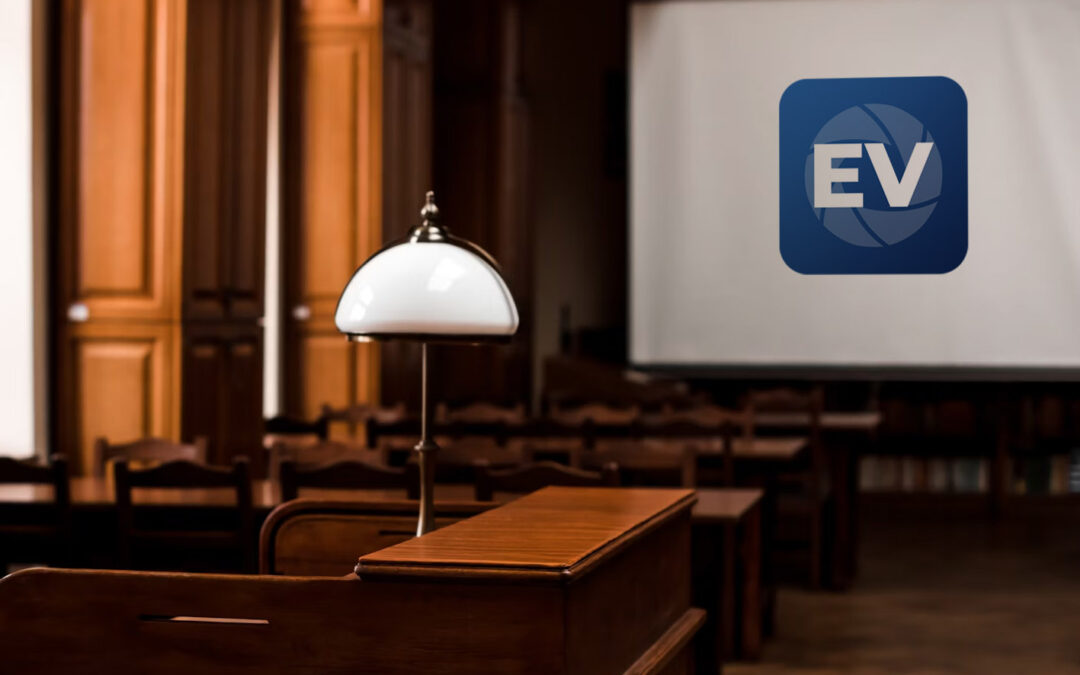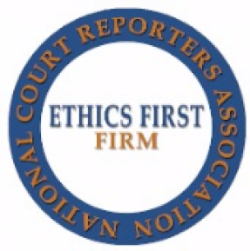Legal teams rely on powerful trial presentations to strengthen their cases.
How Trial Presentations Enhance Your Debate and Encourage Jurors
Trial presentations act as a pivotal device for boosting legal arguments and convincing jurors. By integrating aesthetic help, narrative structures, and psychological involvement, attorneys can create a compelling situation that reverberates on numerous levels. The critical use of visuals not only clears up complex info but also catches jurors' interest better than words alone. However, the art of storytelling plays a just as important role in transforming valid evidence into an engaging narrative, forming jurors' assumptions - trial presentations. Understanding these aspects can dramatically impact test outcomes, elevating the concern of how each element adds to this elaborate dynamic.

Value of Visual Help
Visual help play an important function in enhancing the effectiveness of test discussions, as they can substantially raise target market involvement and retention of information. In the context of a test, where jurors are tasked with processing complex info, visual aids serve to simplify and clear up bottom lines. Graphes, charts, and photos can convey data and principles that might otherwise bewilder or confuse jurors, permitting for an extra uncomplicated understanding of the proof presented.
In addition, visual aids help in keeping juror interest throughout the procedures. By damaging the monotony of spoken statement, these devices can punctuate important arguments, making them extra unforgettable. Efficient aesthetic help can additionally evoke emotional reactions, which can be crucial in persuading jurors to line up with the presenter's story.

Crafting Engaging Stories
A compelling story is essential in test presentations, as it works as the foundation of effective persuasion. It permits attorneys to weave with each other realities, proof, and emotional components into a systematic tale that reverberates with jurors. This narrative framework enables jurors to understand the complexities of the case while directing them via the attorney's debate.
To craft an engaging story, lawyers need to focus on clearness and comprehensibility. Additionally, the use of vivid summaries can develop psychological pictures that aid jurors envision the events, making the narrative more unforgettable.
In addition, integrating vital themes throughout the presentation enhances the core message and help in retention - trial presentations. The story ought to not just convey info but additionally evoke a feeling of justice, highlighting the stakes involved. Eventually, a sound story cultivates a link in between the jurors and the situation, positioning the attorney's argument as both credible and compelling, therefore raising the chance internet of a positive decision

Involving the Court Psychologically
Efficient jury interaction pivots on the lawyer's ability to link with jurors on an emotional degree. This connection can considerably impact jurors' understandings and their supreme decision-making. Utilizing sob stories allows lawyers to humanize the situation, transforming abstract legal ideas into relatable experiences. By providing real-life tales or testimonies, attorneys can evoke compassion and empathy, promoting a much deeper understanding of the issues at stake.
Aesthetic help, such as photographs or video clips, can further enhance psychological engagement, giving jurors with brilliant representations of the instance's human aspects. Crafting a narrative that highlights the battles and triumphs of the individuals included guarantees that jurors see beyond the lawful debates and identify the human effects of their choices.
A lawyer's enthusiastic shipment can resonate with jurors, enhancing their emotional financial investment in the instance. his explanation It's necessary to stabilize psychological charms with accurate proof, guaranteeing that jurors really feel urged to act while continuing to be based in the fact.
Structuring Your Presentation

The body of the presentation ought to be realistically segmented into bottom lines, each sustained by compelling proof. It is beneficial to make use of storytelling methods to weave realities right into a narrative that jurors can conveniently adhere to. Aesthetic aids, such as graphes and videos, can enhance comprehension and engagement, helping to highlight crucial items of proof.
Real-World Study
Checking out real-world situation researches gives important understandings into the art of trial discussions and persuasion. The protection group successfully used a strategy that combined top-level expert testimonies with multimedia presentations, which astounded jurors and eventually affected their decision.
One more noteworthy instance is the "McDonald's Coffee Instance," where the plaintiff's lawyers made use of graphic images browse around here of the injuries suffered by Stella Liebeck. trial presentations. This raw aesthetic proof played a critical duty in conveying the intensity of her burns, bring about a substantial jury honor. Such instances show that impactful test presentations typically pivot on the efficient combination of visuals and narration to evoke emotional actions from jurors
In addition, the "Casey Anthony Trial" highlighted the value of narrative coherence and trustworthiness. The prosecution's failing to establish an engaging timeline lessened their convincing power, underscoring the necessity of a well-structured presentation. Assessing these situations discloses that successful test presentations call for calculated preparation, emotional engagement, and the capacity to resonate with jurors' worths and beliefs.
Verdict
Test presentations substantially enhance debates and convince jurors via the calculated use of visual aids, engaging stories, and emotional engagement. A well-structured presentation equilibriums psychological allures with accurate evidence, ultimately reverberating with jurors' worths.